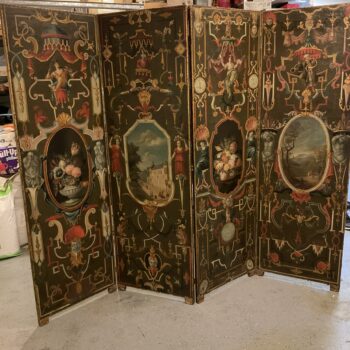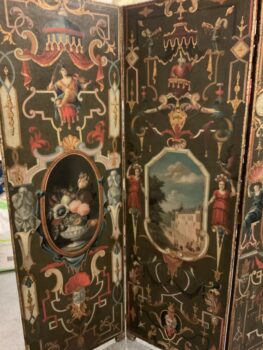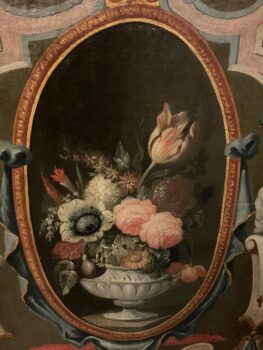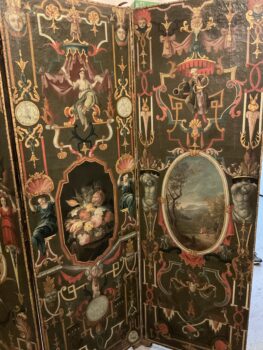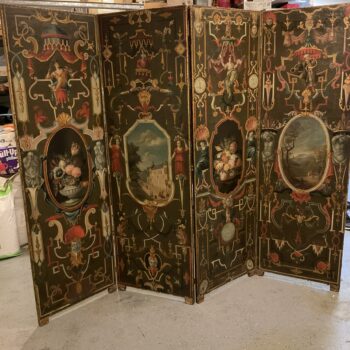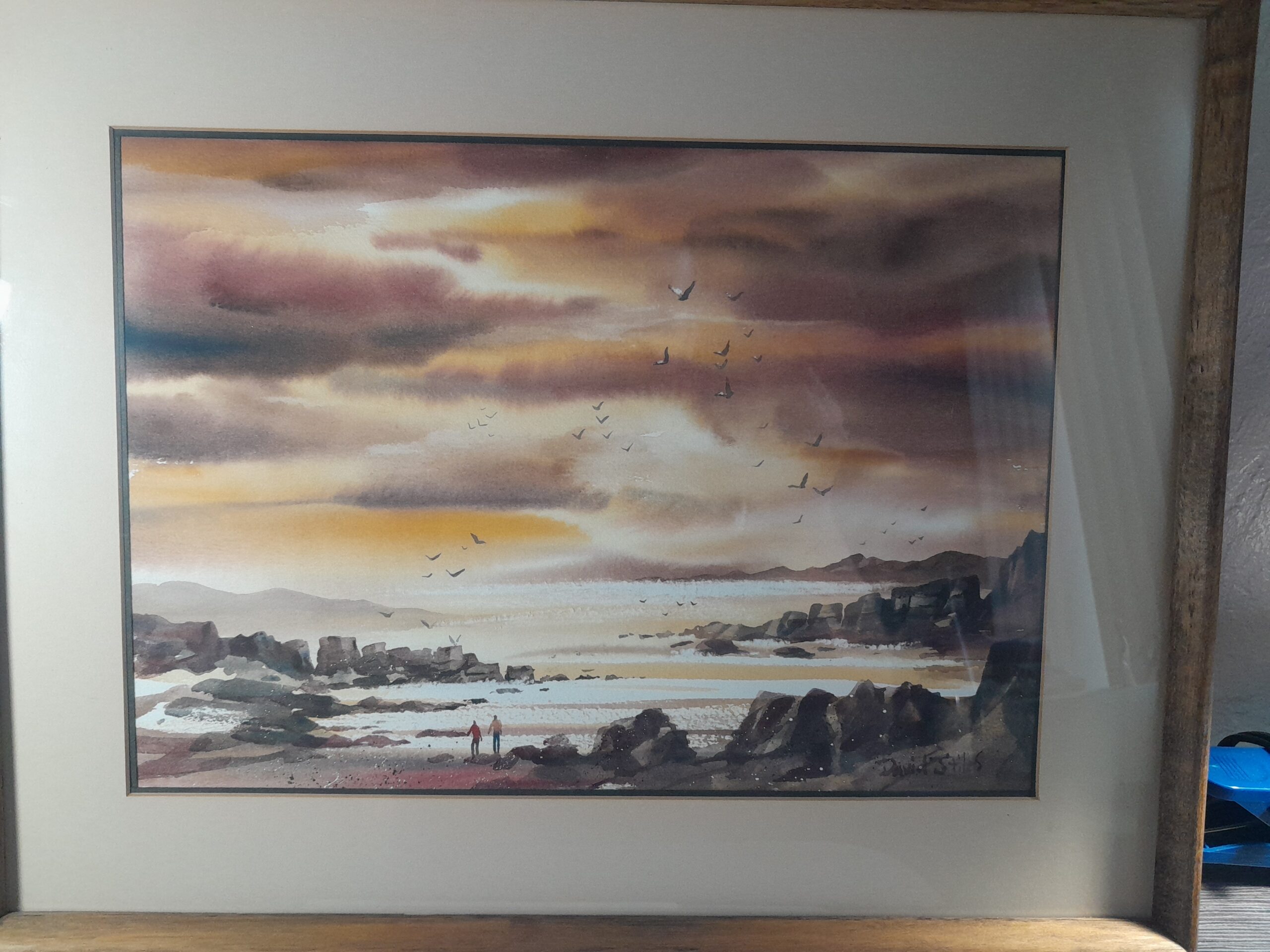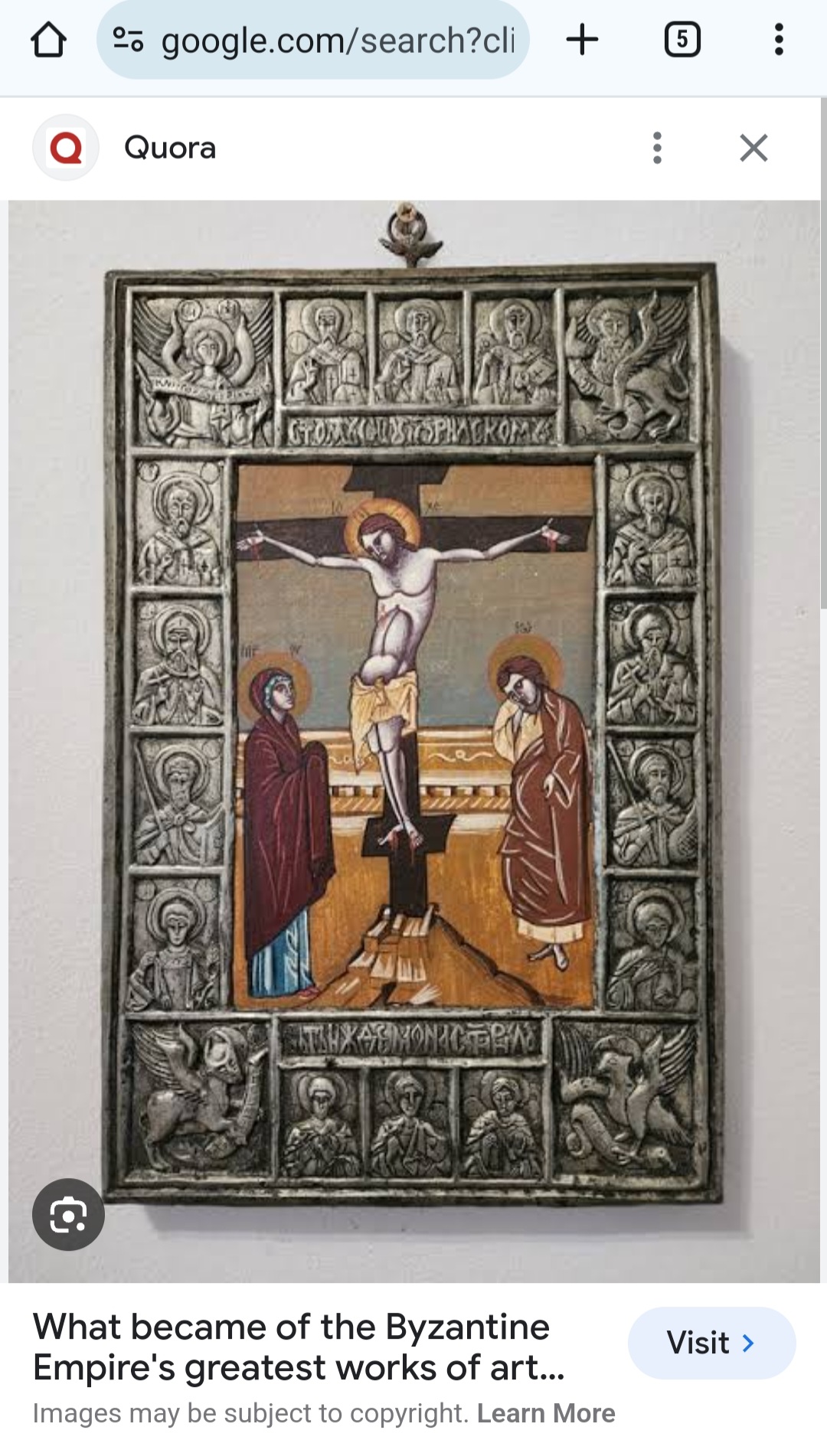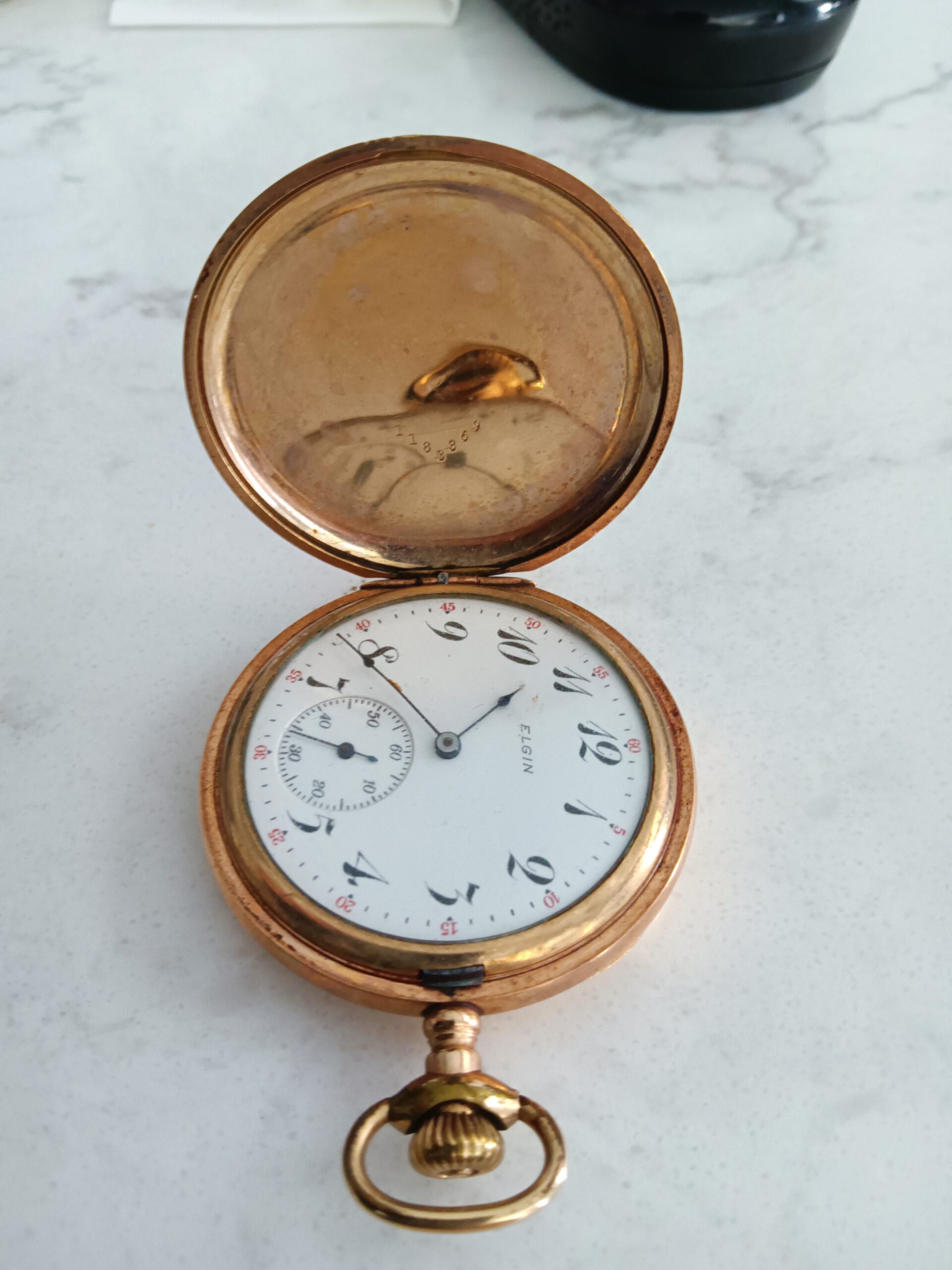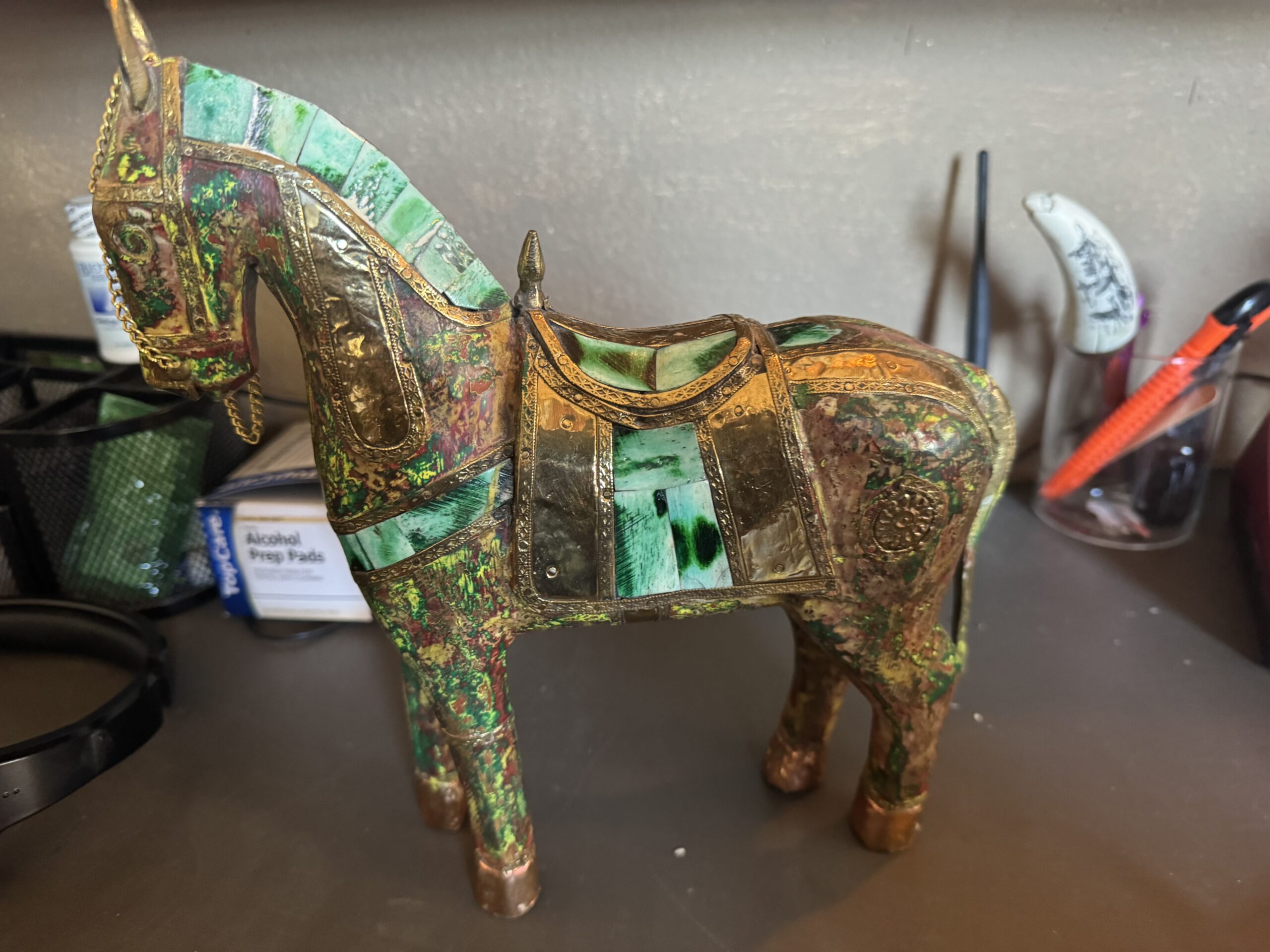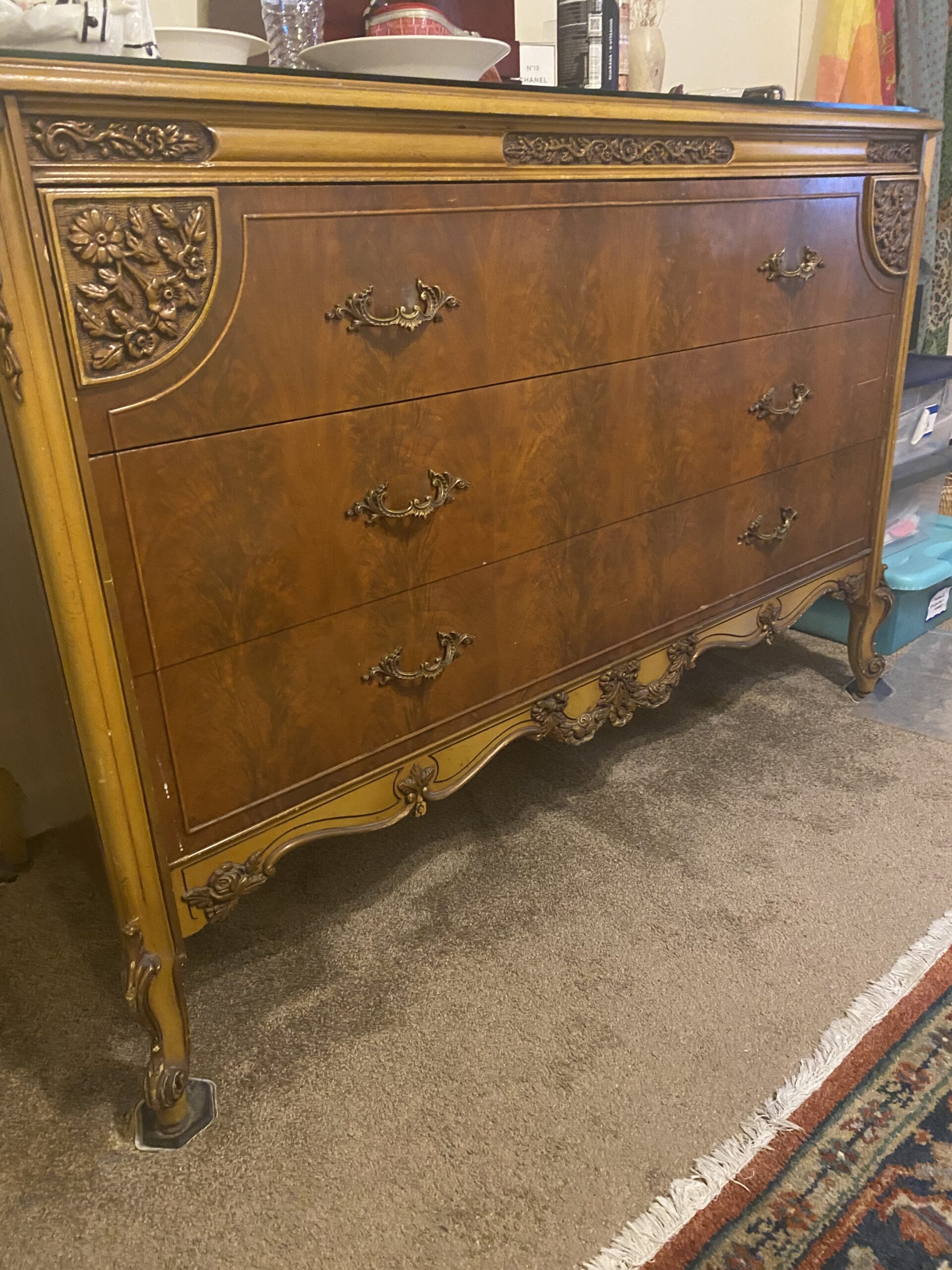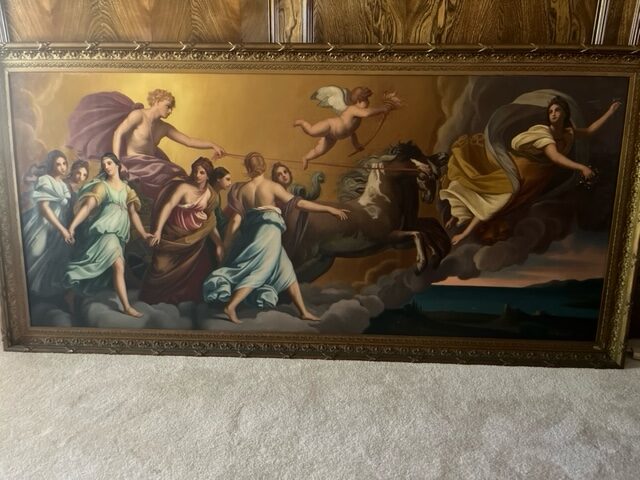19th Century French Room Divider/Screen Paravent Style Louis XVI Hand Made Oil Paintings
This is a professional appraisal report for provided upon request. It contains a detailed description and evaluation of your . This document also includes information about how to sell your item and about the valuation method we’ve used. Keep in mind that the appraisal value is only applicable to this particular unit and should NOT be understood as a general valuation of . It is very important to understand this, as values can range from 100 to 100K depending on subtle details.
This report is designed to give you an appraisal value for the you own, whether it is furniture, china, glassware, or other types of antique or collectible items. The information provided will help you to understand your piece and its value. It also provides an appraisal value in US dollars, as well as how to sell it. This report is not intended to encourage you to sell your antique; rather it aims to provide information on your antique’s value so that you know what steps to take if you do wish to sell.
Description and history of
19th Century French Room Divider/Screen Paravent Style Louis XVI richement décoré, Hand Made Oil Paintings.
Identification
A French Paravent screen is a type of decorative wall panel used for privacy and to add a decorative element to any room. It typically consists of three or four hinged panels that can be moved around to provide flexible coverage. The panels are often painted with intricate designs, typically featuring pastoral scenes, exotic birds, and other nature-inspired motifs. The panels are also often made of different materials, such as lacquer, silk, or gold-plated brass. French Paravent screens are an elegant and timeless addition to any home and can be used to add a touch of sophistication to any room.
Provenance
The French Paravent screen has a long and rich history that dates back to the 17th century. It was first developed in France during the reign of Louis XIV, and it quickly became a popular decorative element in the homes of the French aristocracy. The panels were traditionally painted with intricate designs, and they were often made of luxurious materials such as lacquer, silk, and gold-plated brass. Over the centuries, the French Paravent screen has been adopted by other cultures around the world, becoming a popular decorative element in many homes. The French Paravent screen remains a timeless piece of furniture that is sure to add a touch of class and sophistication to any room.
This Paravent is from a later period. This French Paravent screen is believed to have been created in the style of French artist JB Pillement. Pillement was a master of the Rococo style of painting, and his work typically featured intricate designs and vibrant colors. He is best known for his pastoral scenes, exotic birds, and other nature-inspired motifs, which are often seen on French Paravent screens. Pillement was able to capture the beauty of the French countryside in his artwork, and his work is highly sought after to this day.
Age
The French Paravent screen was first developed in the 17th century but became popular during the 19th century Victorian era. During this period, the screens were often elaborately decorated with intricate designs and adorned with luxurious materials such as lacquer, silk, and gold-plated brass. These screens were typically used to separate rooms as well as add a decorative element to any room. French Paravent screens from this period are highly sought after due to their timeless elegance and unique craftsmanship. They are sure to add a touch of sophistication to any room.
Style
The Louis XVI Paravent style is a type of French decorative wall panel that was popular during the reign of Louis XVI in the 18th century. These panels typically feature a more classical style, with straight lines and minimal ornamentation. Most of the time, the panels are made of wood and have intricate carvings and decorations like gilded trim. The panels are often painted with scenes from classical mythology or pastoral scenes.
Similar Paravent used for comparison.
Appraisal Value ($)
$13,000-15,000.
Appraisal Report made by:
Andrés Gómez
BSc, MSc, Expert Art Appraiser
10+ years of experience in online antique and collectible appraisals.
100k+ Customers Served.
Antique Store Owner.
You can check my portfolio of past appraisals here:
https://www.appraisily.com/andres-portofolio/
Signature:

We have Experts online now.
Pictures received.
How to sell it
Antiques, art, and other collectibles are difficult items to sell online. Selling can take a lot of time. Be patient, but also make sure that the price you are asking for is the right one for your pieces of art. Consider the following tips on how to sell antiques and collectibles online: These tips will help maximize the price of your antique or collectible.
I would recommend selling it online. There are many ways to do this. For instance, Post an ad on Craigslist. Use eBay to sell antiques online. Post a listing on the Etsy marketplace. Sell with direct messages using Instagram. You can create a website using Squarespace or WordPress. Use Shopify to sell via a website, POS and social channels. List your items on Bonanza.com, Facebook Marketplaces, or Amazon Marketplaces. If you don’t have time, I would recommend starting with Facebook, Etsy, and Amazon.
The key to selling antiques online is to let potential customers know that you know what you are talking about. It’s much more difficult to sell something when the potential buyer can’t be sure it’s authentic. Sellers should use a well thought out descriptive guide like this one. A good lead generation service should be helpful in establishing these relationships with online buyers, and an effective way to do this is through classified ads. If a buyer asks for more information, giving them some valuable facts well ahead of time will get you more sales because your reputation will increase and real customers are the ones who ask for more details.
In order to sell your antiques online, you will need to create a profile on the relevant forum (Etsy, Amazon, and FB). Make sure you add a high-resolution image of the product (include at least 3 detailed photos) and add some text. The text should be informative and straight to the point; nothing fancy or fluffy.
Asking price is a big factor in selling your antique. If your asking price is too high (fancy company stickers, missing parts, or chipped paint), you are unlikely to get many bids. If the asking price is too low, it will cost you money for repairs, shipping, and insurance. As a general rule, I would recommend setting an asking price that is 80% of the value of this report, so you will make the listing attractive from the beginning.
About the valuation method
This is a detailed report of the value of your piece. To determine the value, the appraiser has considered the results from past auction sales. Keep in mind that the final price can be different from the asking price that you can find on the internet. You can see ads on the internet with different asking prices. However, a very high asking price doesn’t normally find cash from a buyer.
That’s why our method comprises searching and comparing similar past sale results that had a buyer. That’s why we can provide an accurate estimation of this item.
To get an accurate valuation of your antique piece, I considered the following: description, condition, and possible precious metal content. History, age, provenance, and the importance it has played in history are also considered. A crucial interest is a collector’s willingness to buy this piece. While some antiques are really collectible, others are really difficult to sell, and hence their value decreases.
Antiques can be a good investment. A piece’s year of manufacture, condition, rarity, and history can all influence an antique’s value.Antiques, when bought wisely and carefully, can provide many good years, even decades, of enjoyment before their value appreciates significantly. Antique furniture, paintings, prints, and maps are not only useful works of art but also tangible assets. Their value in the market increases every year, making them great long-term investments for people who want to diversify their assets.
